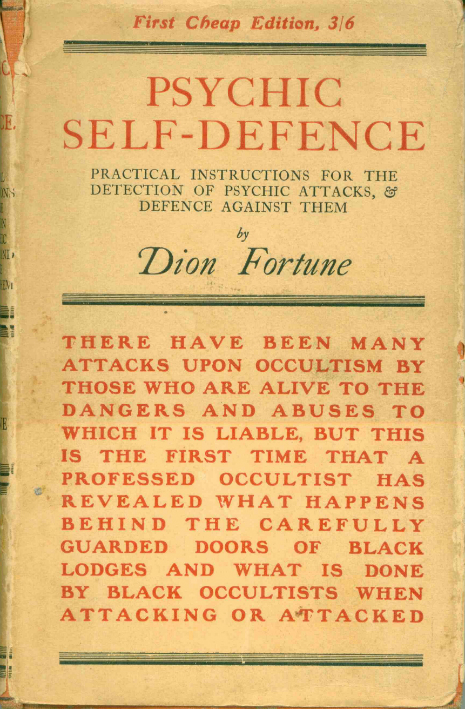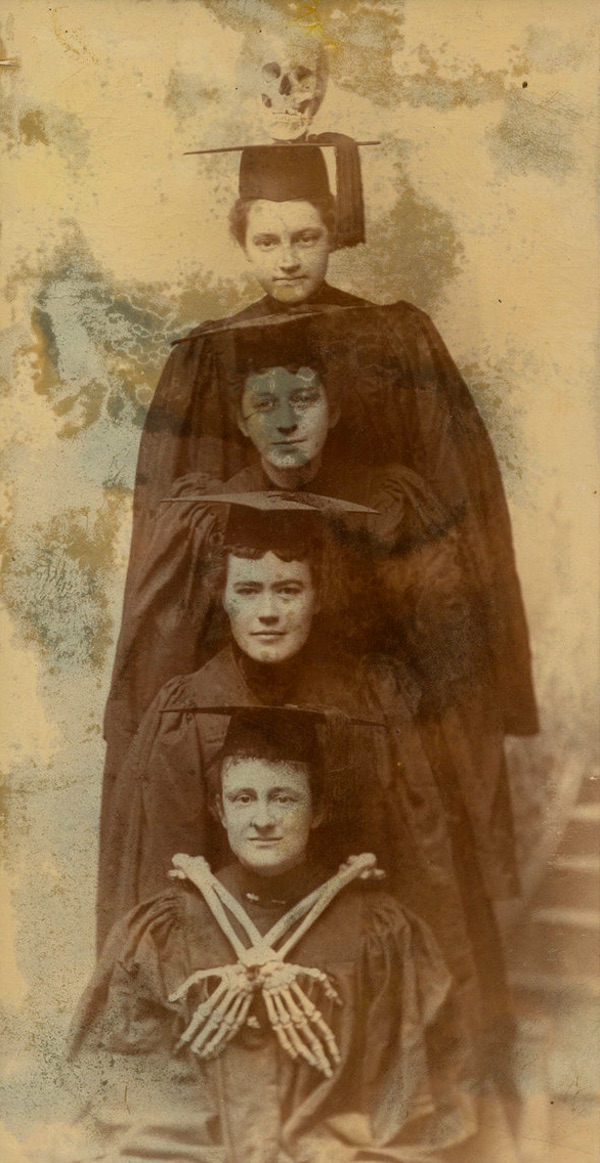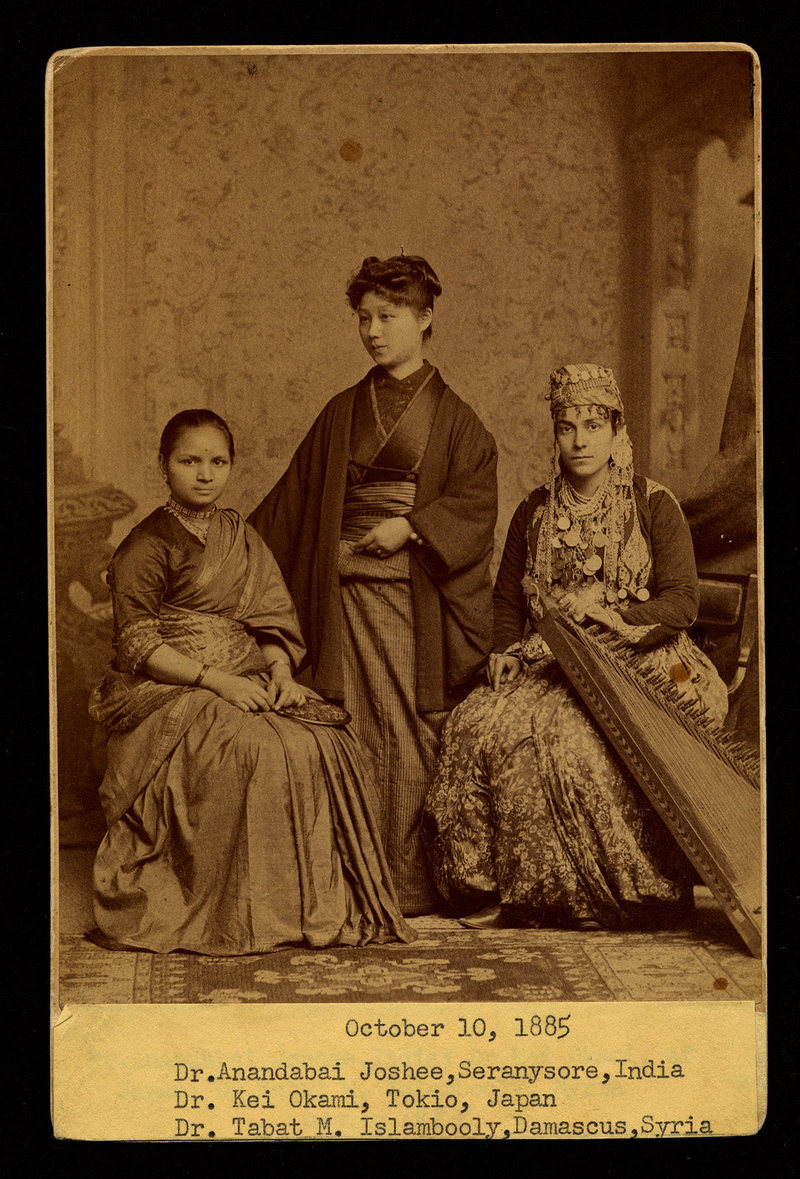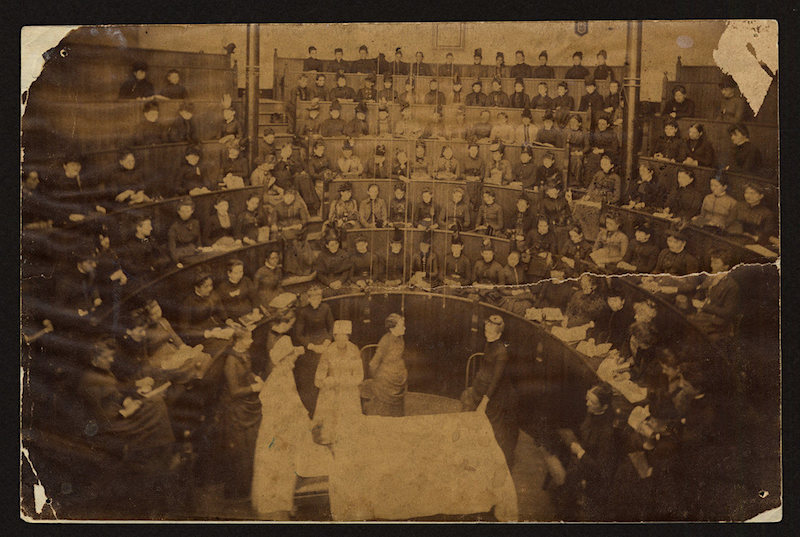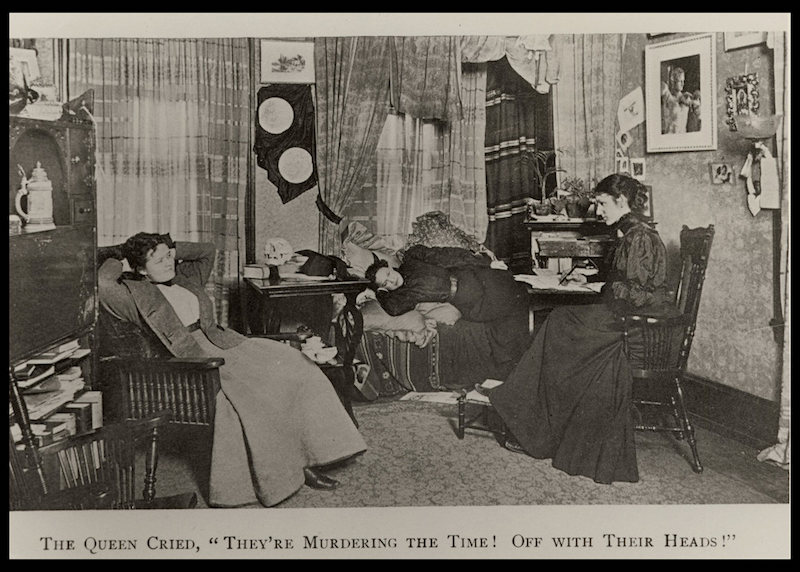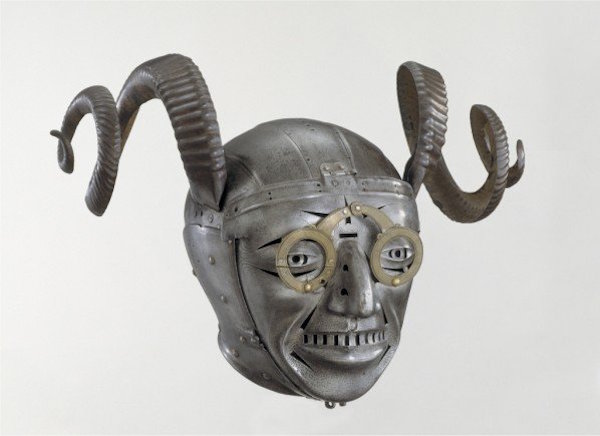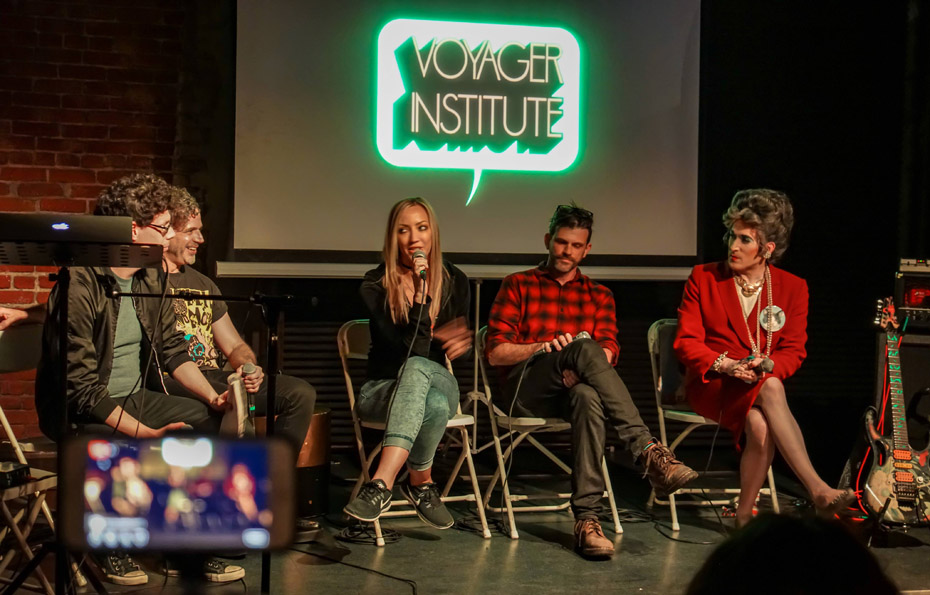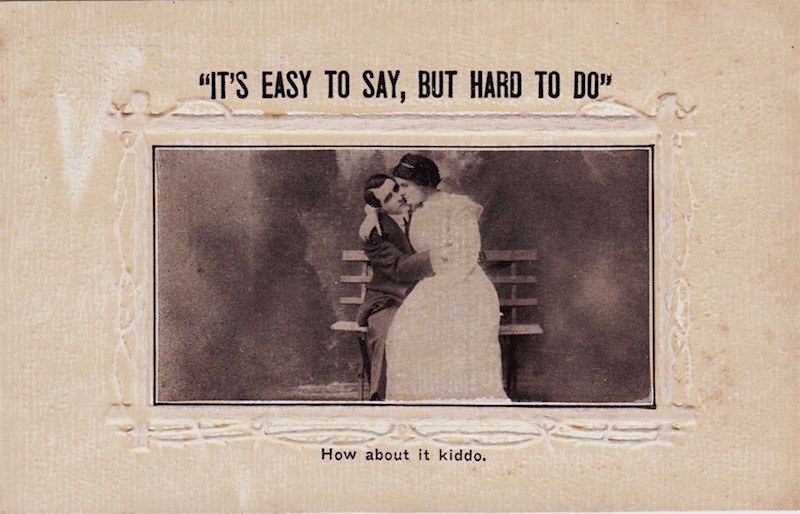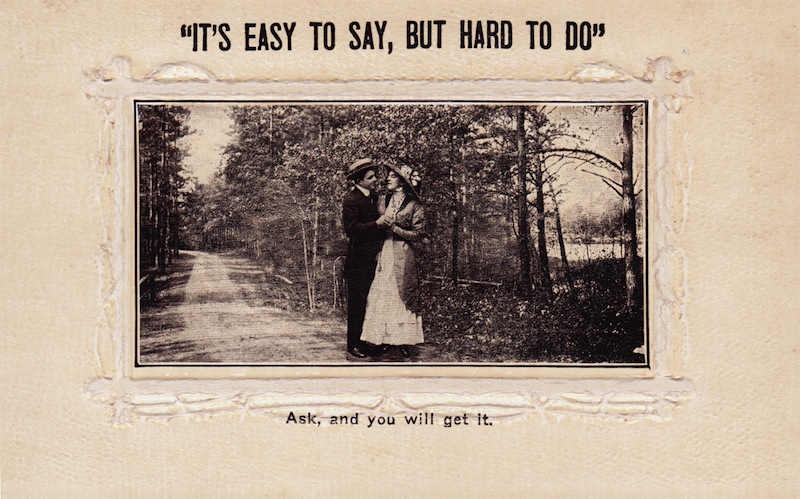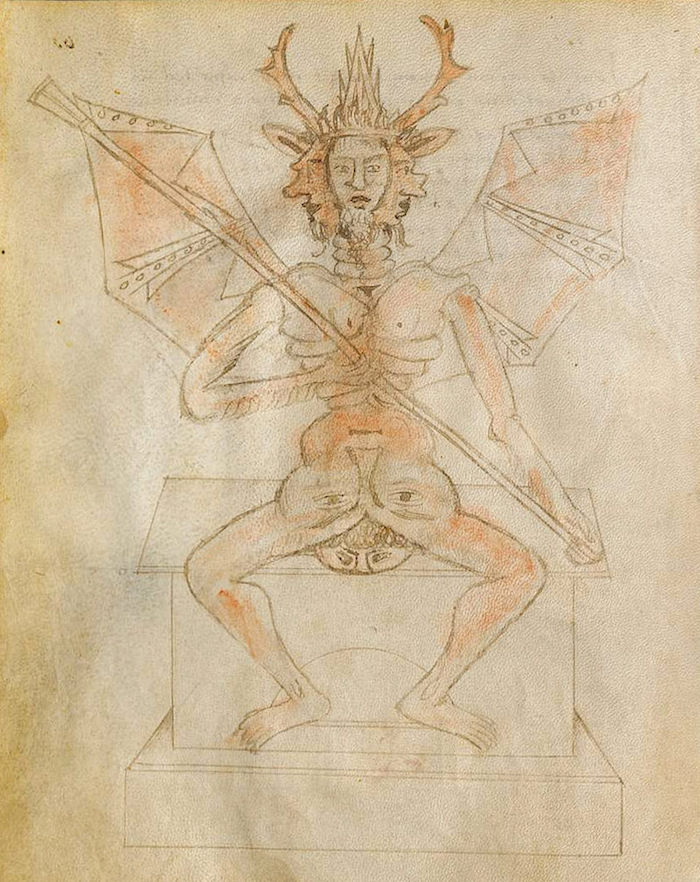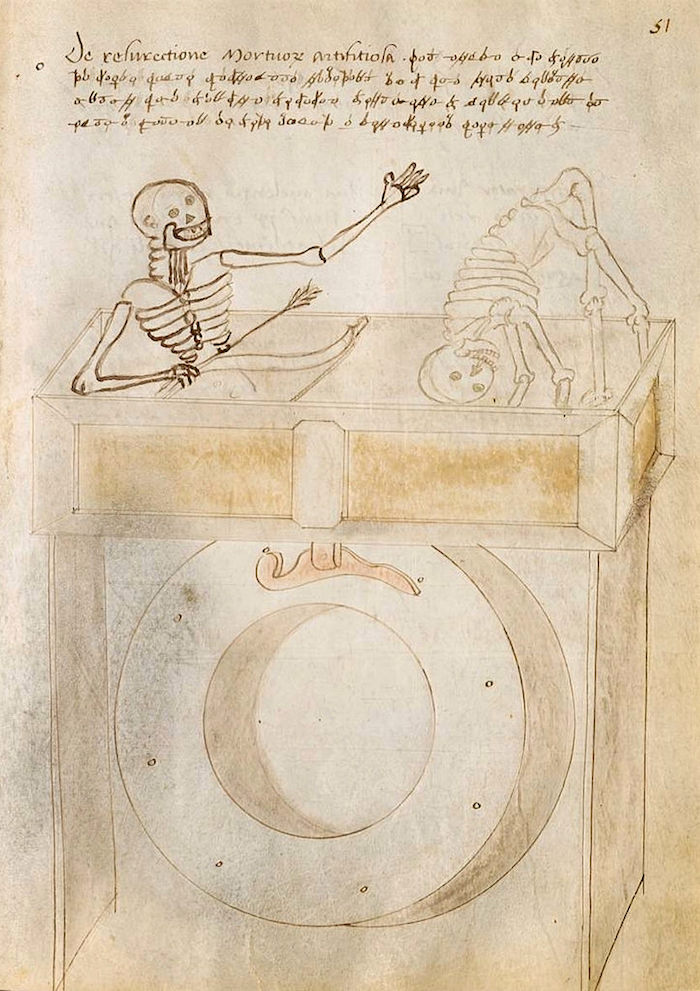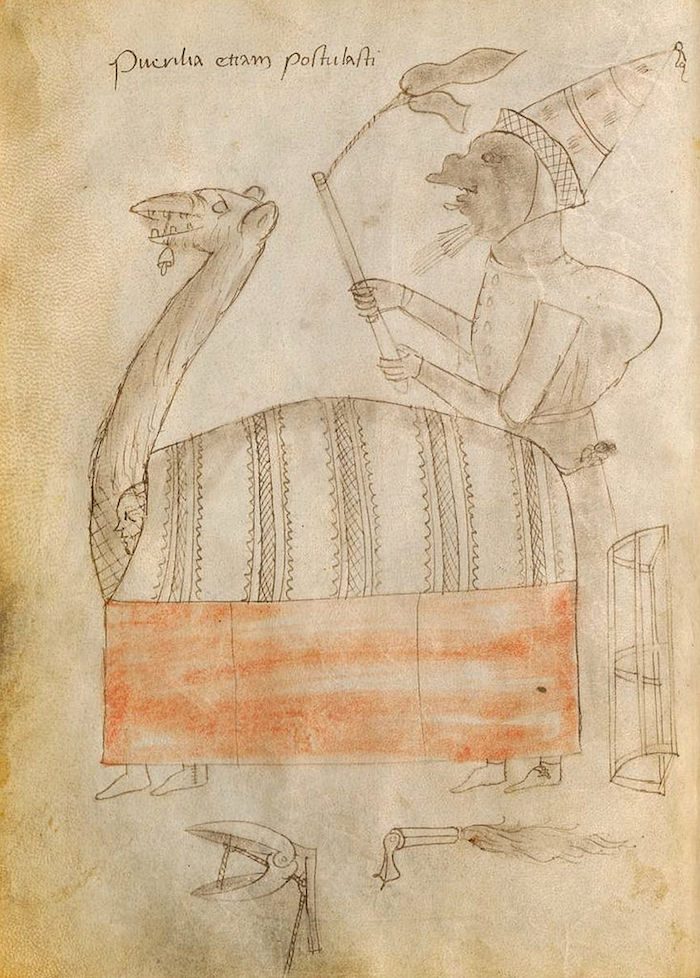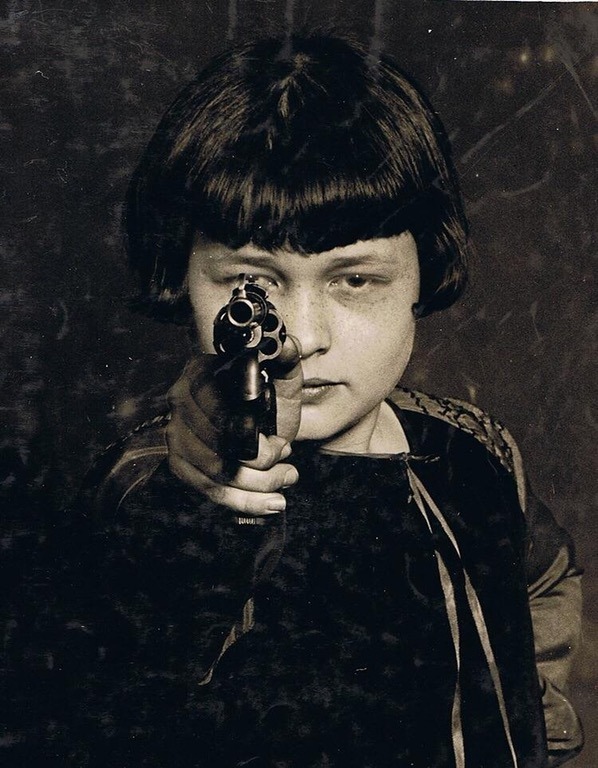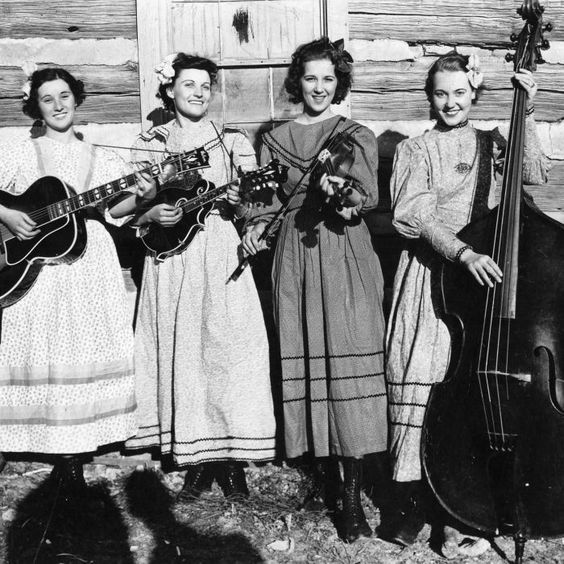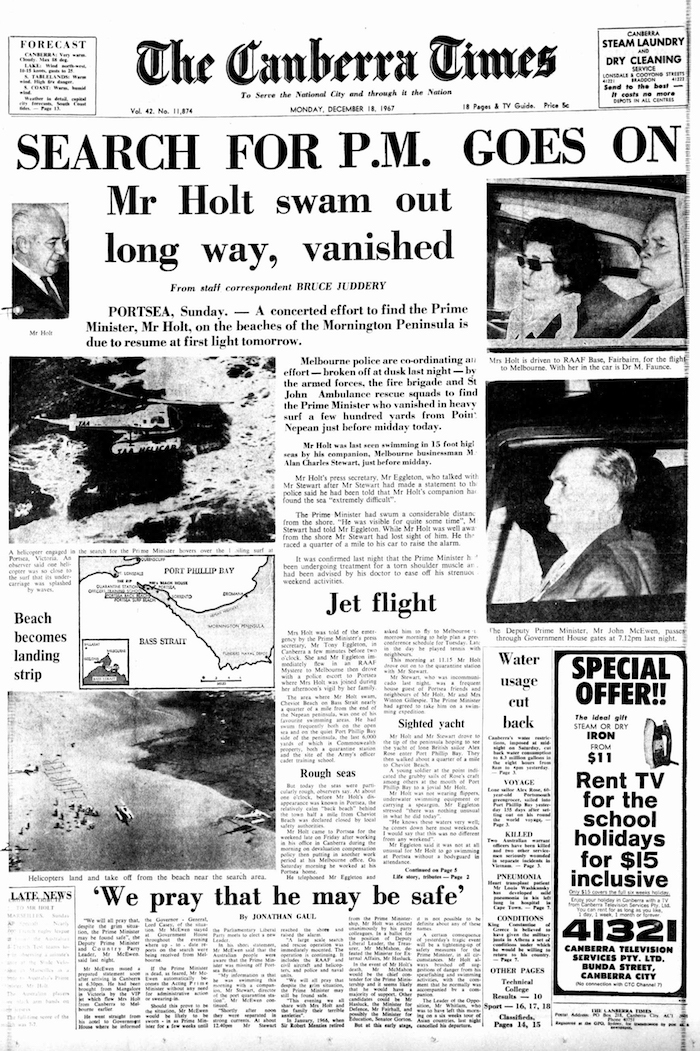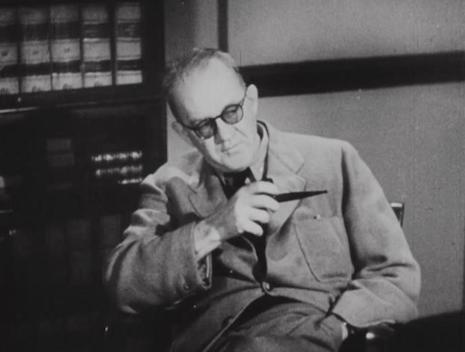
Carrie Ann Baade paints pictures that link “the power of historical masterworks with [her] own experience as a contemporary artist.” Her work is fragmentary using an image bank culled from Renaissance and Baroque art which is used to contemplate “the ageless issues of morality, politics, and the individual quest for self-expression.” She describes herself “as a kind of Dr. Frankenstein attempting to piece together the sublime.”
Baade developed her collagic-style of painting during grad school when she struggled to find a way to be more like her “dead art heroes, Bosch, Fuseli, Moreau, and Knopf,” but keeping her work relevant to today. She started at the beginning and “rediscovered the artists’ first gallery, the refrigerator door.”
Upon the door were a sentimental photograph of my infant niece and the Christmas gift of magnets made from cut up discount art books. By moving some of these magnets over the photograph, the child’s eyes were covered with those from a Northern Renaissance portrait. A Boschian creature was placed on top of her head to serve as an ornamental hat. Lastly, a Durer Christ child and a Madonna’s hand scaled perfectly to that in the sentimental photo were placed on the arms in the photo.
The completed the transformation was far more interesting than reality. After several attempts at turning the image into a painting, the foundation for understanding the difference between collage and pastiche occurred.
Through research, I realized that the amalgam of images had precedence in the appropriation art of the 80’s which is described as the advent of the citation style in painting and other mediums. “Appropriation art” stresses the intentionality of the act of borrowing and the historical attitude of the borrower. By building upon this accepted practice, my paintings incorporate these purloined fragments and keep the physical identity of the different motifs preserved from the overall unity.
Baade describes her intuitive creative process as “part tarot and part advent calendar.”
I have questions in mind when I am composing, I am searching for a solution to say…this feeling I have about the correlation between women and snakes and the moon. I collect images, I dive into my piles of cutouts that I have been archiving for the past five years. The composition of the collage can be immediate or go through 15 hours of revisions. It is like reading cards, the answer will come as I am searching and the answer is usually visually surprising.
The process begins with Baade covering her studio floor with images ripped from pages of books and magazines. Once the floor is covered, Baade looks for sets of images that have landed on top of each other in an interesting way. She describes this as a form of divination like reading tea leaves or tarot cards. Often Baade has a question she seeks to answer which she hopes will be answered by the chance arrangement of images. Sometimes this can happen very quickly, mostly it’s a long process of trial and error. When ready, Baade collects the images and binds them together with sellotape. It can then take up to 150 hours to paint a picture.
Baade was born in Louisiana in 1974 and was raised in Colorado where she first took an interest in drawing and painting. Baade received her BFA from the School of the Art Institute of Chicago, studied at the Florence Academy of Art in Italy, and earned her MFA in Painting from the University of Delaware. She currently divides her time between painting and lecturing as an Associate Professor of Painting and Drawing at Florida State University. See more of Carrie Ann Baade’s work here.
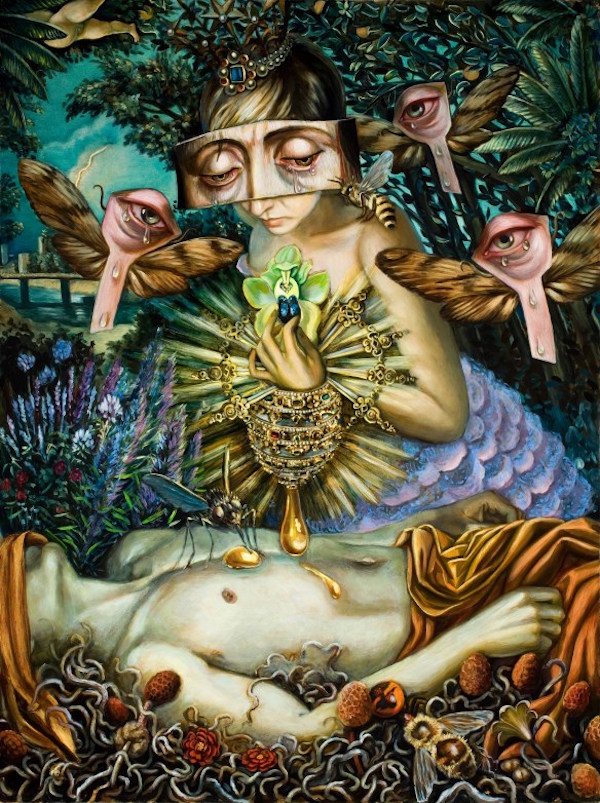

More beautiful and surreal paintings, after the jump…






